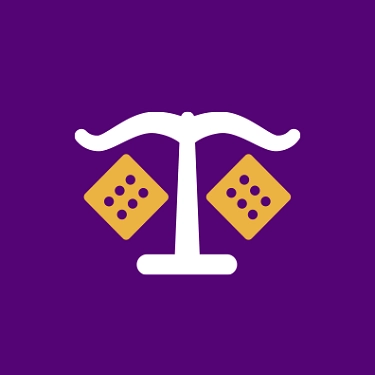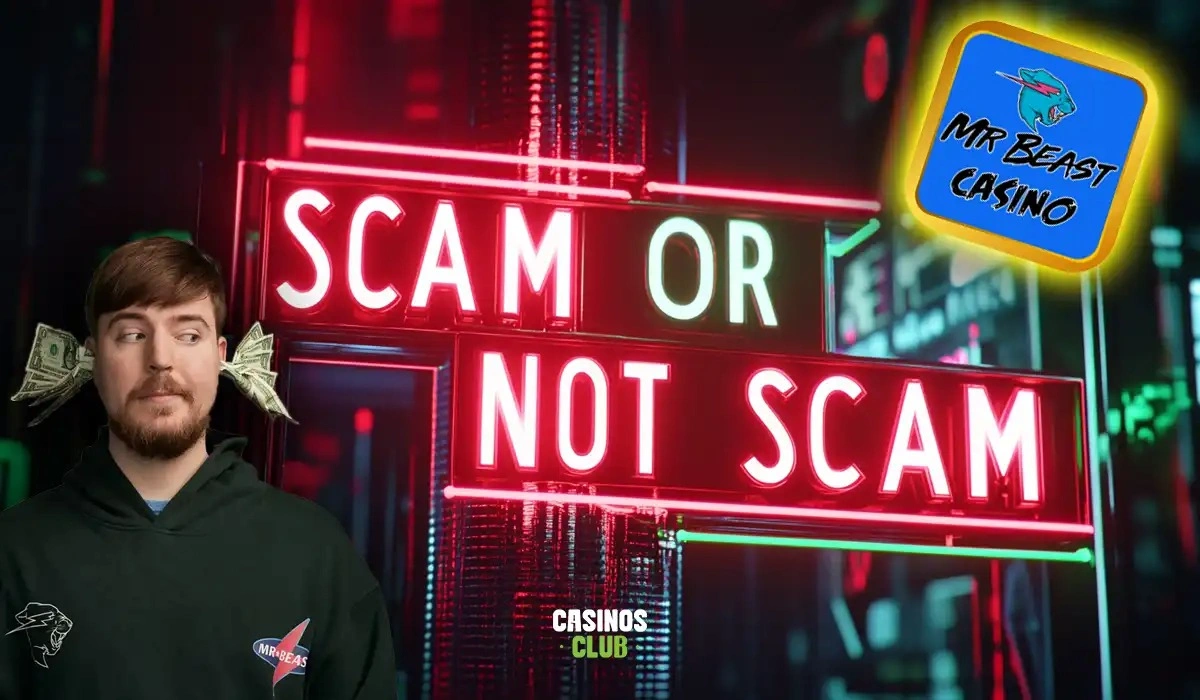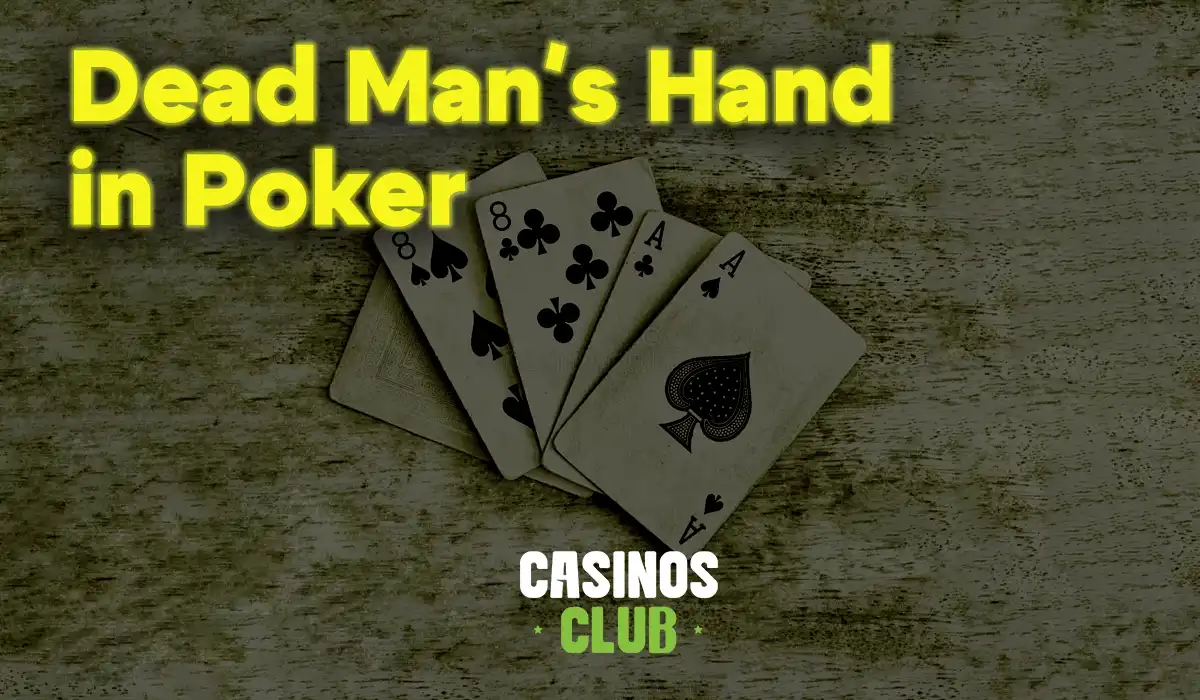
21 January 2025
Dead Man's Hand - The Legendary Poker Hand
The Dead Man's Hand is one of the most famous and enigmatic terms in poker, steeped in history, myth, and symbolism. This unique combination of cards, black aces and black eights, carries with it a story of intrigue and tragedy that has captivated poker enthusiasts and historians alike.
What Is the Dead Man's Hand?
The Dead Man's Hand refers to a two-pair poker hand consisting of the Ace of Spades, Ace of Clubs, Eight of Spades, and Eight of Clubs. While the fifth card remains uncertain, the hand has become legendary due to its association with the death of Wild Bill Hickok, a prominent figure of the American Old West.
This hand is not just another poker term; it’s a symbol of mystery and caution, often regarded as an unlucky poker hand by superstitious players.
Why Is It Called the Dead Man’s Hand?
The term originated from the infamous story of Wild Bill Hickok’s untimely demise. On August 2, 1876, Hickok was shot in the back while playing poker in Deadwood, Dakota Territory. Legend has it that he was holding the two black aces and two black eights at the time of his death, which came to be known as the Dead Man's Hand poker combination.
Though the exact fifth card is unknown, the story has cemented the Dead Man's Hand as a cultural icon, representing both bad luck and a grim reminder of mortality.
The History of the Dead Man's Hand
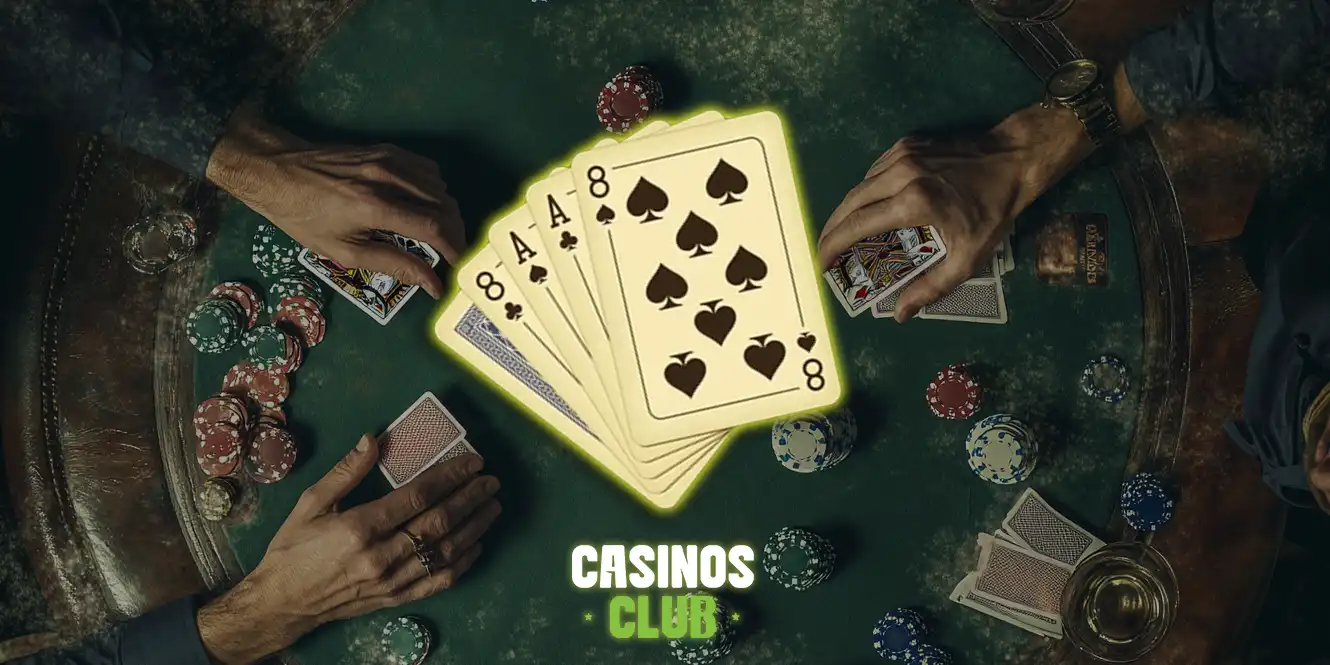
The story of the Dead Man’s Hand is deeply rooted in American folklore, with its most famous connection to Wild Bill Hickok, a legendary figure of the Old West. This historical association has elevated the hand from a mere poker term to an enduring symbol of mystery and intrigue.
Wild Bill Hickok’s Dead Man’s Hand
On August 2, 1876, in the bustling town of Deadwood, Dakota Territory, Wild Bill Hickok met a tragic end. While playing poker at Nuttal & Mann’s Saloon, Hickok was shot in the back of the head by Jack McCall, a disgruntled gambler. According to legend, Hickok was holding a two-pair hand of black aces and black eights, which later became immortalized as the Dead Man’s Hand.
Interestingly, Hickok typically preferred to sit with his back to the wall while playing poker - a precautionary habit given his reputation as a gunslinger. On that fateful day, however, he was unable to secure his usual seat, leaving his back exposed to McCall, who took advantage of the opportunity.
Who Was Killed Holding Aces and Eights?
Wild Bill Hickok’s death is the primary reason why aces and eights are referred to as the Dead Man’s Hand. While other historical figures and poker stories have contributed to the hand's lore, none are as significant or well-documented as Hickok's final moments.
The exact composition of the fifth card in Hickok's hand remains unknown, sparking debates among historians and poker enthusiasts. Some accounts suggest it may have been the Nine of Diamonds, while others claim it could have been any random card.
Why Is Wild Bill Hickok’s Poker Hand So Famous?
Hickok’s life as a lawman, gambler, and gunslinger made him a larger-than-life figure. His death in the middle of a poker game created a lasting legacy that combined the thrill of the Wild West with the risk and reward of the poker table. Over time, the Dead Man’s Hand story became a symbol of bad luck, danger, and the precarious nature of life and gambling.
The Dead Man's Hand in Poker
The Dead Man's Hand poker combination is as intriguing on the felt as it is in history. While its legend adds a layer of mystique, understanding its significance in the game of poker helps players appreciate why it remains such an iconic hand.
What Is the Dead Man’s Hand in Poker?
In poker, the Dead Man’s Hand refers to the two-pair combination of black Aces (Ace of Spades, Ace of Clubs) and black Eights (Eight of Spades, Eight of Clubs). This hand, while historically ominous, is neither inherently lucky nor unlucky in modern gameplay - it’s simply a moderately strong hand in a game of Texas Hold'em or other poker variations.
This hand stands out in poker lore because of its association with Wild Bill Hickok’s death, but in competitive play, its strategic value depends on the situation.
The Fifth Card in the Dead Man’s Hand
One of the enduring mysteries of the Dead Man's Hand in poker is the identity of the fifth card Hickok was holding. While popular culture often omits the fifth card, its exact identity remains unknown. The ambiguity adds to the hand's allure, leaving room for speculation among players and historians alike.
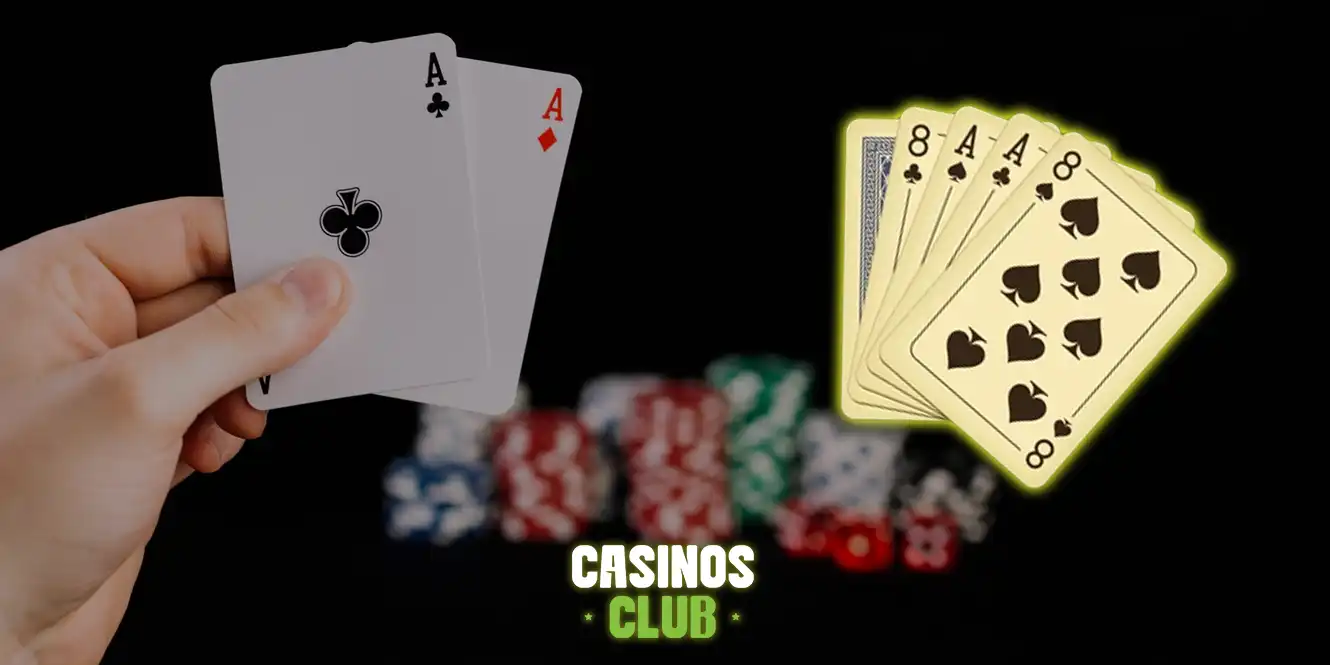
Is the Dead Man’s Hand a Good Hand in Poker?
In the context of modern poker:
- Strength: The Dead Man’s Hand is a decent starting hand in Texas Hold'em or Omaha, particularly in cash games or tournaments. Two pairs (Aces and Eights) can hold significant value, depending on the flop, turn, and river.
- Risk: As with any two-pair hand, its value diminishes if the board pairs or if a flush or straight becomes possible. Players need to assess the strength of the hand carefully based on the game state.
While the Dead Man’s Hand cards may not guarantee a win, their symbolic significance often sparks discussions at the table, adding a psychological element to the game.
How to Play Around the Dead Man’s Hand
When dealt a version of the Dead Man’s Hand, particularly in games like Texas Hold'em, consider the following strategies:
- Assess the Board: Two pairs are strong but vulnerable to higher combinations like straights and flushes. Stay cautious as the community cards are revealed.
- Control the Pot Size: Use small bets to gather information and avoid overcommitting to the pot unless the hand improves.
- Bluff Carefully: The symbolic value of the Dead Man’s Hand in poker can work to your advantage, but seasoned opponents won’t fall for it. Play strategically rather than relying on theatrics.
Symbolism and Meaning of the Dead Man's Hand
The Dead Man’s Hand is more than just a combination of cards—it is steeped in symbolism and cultural meaning, making it one of the most intriguing hands in poker. Its connection to mystery, luck, and mortality has cemented its place in poker lore and popular culture.
Aces and Eights: What Do They Mean?
The pairing of black Aces and black Eights carries a weighty significance in poker. Known as the Dead Man’s Hand cards, this combination symbolizes:
- Bad Luck: Its association with Wild Bill Hickok’s death gives it an ominous reputation.
- Mortality: The hand reminds players of the unpredictable nature of life and the inevitability of fate.
- Mystery: The unknown fifth card in the hand adds an enigmatic allure that keeps people intrigued.
While some players view aces and eights meaning as negative, others see it as a symbol of resilience and unpredictability in the game of poker.
Why Are Aces and Eights Called the Dead Man's Hand?
The name “Dead Man’s Hand” stems directly from Wild Bill Hickok’s murder while holding this hand. This event immortalized the combination as a harbinger of misfortune. Over time, this tragic event became folklore, and the hand earned its dark and storied reputation.
- Historical Context: The term became widely popular after the publication of Wild Bill Hickok: The Prince of Pistoleers in 1926, which described the fateful poker game.
- Cultural Spread: The Dead Man’s Hand poker meaning evolved, representing danger and death in broader contexts beyond the poker table.
Is the Dead Man's Hand a Good Hand in Poker?
From a strategic standpoint, the Dead Man’s Hand in poker is a moderately strong two-pair hand. However, its symbolic weight often overshadows its actual gameplay value. Players might be tempted to play it more aggressively because of its notoriety, but like any hand, success depends on the context of the game.
Key Points to Consider:
- In Texas Hold'em, it’s strong on the flop but vulnerable to higher combinations.
- Its psychological impact can influence opponents, especially in casual games where the hand’s lore is well-known.
Cultural Symbolism Beyond Poker
The Dead Man’s Hand cards have transcended poker to become a metaphor for bad luck and fateful outcomes in various aspects of culture:
- Literature and Film: The hand is often used as a symbol of doom or danger in Western-themed narratives.
- Law Enforcement: The Las Vegas Metropolitan Police Department Homicide Division uses the Dead Man’s Hand in its insignia, symbolizing its commitment to solving murders.
The Dead Man's Hand in Popular Culture
The Dead Man’s Hand has transcended its origins in poker to become a cultural icon, featured prominently in movies, literature, and other forms of media. Its association with Wild Bill Hickok and its ominous symbolism have made it a compelling reference for themes of danger, fate, and misfortune.
Dead Man’s Hand in Movies and TV Shows
The Dead Man’s Hand poker legend has been featured in numerous films and television series, often to evoke tension or as a plot device symbolizing bad luck or impending doom. Examples include:
- “The Plainsman” (1936): This film dramatizes Wild Bill Hickok’s life and his infamous last poker hand.
- “Deadwood” (2004–2006): HBO’s series about the town of Deadwood prominently features the lore of Wild Bill Hickok and his death while holding the Dead Man’s Hand cards.
- Western Films: Many Westerns reference the Dead Man's Hand in poker as a nod to the dangerous and unpredictable nature of the Wild West.
The Legacy of Wild Bill Hickok’s Poker Hand
Wild Bill Hickok’s tragic death and the lore surrounding the Dead Man’s Hand story have cemented its place in the history of the Old West. Over time, the hand became a symbol of:
- Mortality: Representing the fragility of life in a world fraught with danger.
- Luck and Risk: Capturing the essence of poker and gambling, where fortunes can change with a single hand.
- Unpredictability: A reminder of the uncertain outcomes inherent in life and games of chance.
Literary and Artistic References
The Dead Man’s Hand meaning has also inspired authors, songwriters, and artists. It appears in books and music to evoke themes of luck, death, and mystery:
- Books: The hand is referenced in works of Western fiction and poker strategy guides.
- Music: Bands like Motörhead have incorporated the Dead Man’s Hand into their lyrics, emphasizing its ominous reputation.
- Art: Visual depictions of black Aces and black Eights often accompany themes of danger or rebellion.
In Modern Poker Culture
Even today, the Dead Man’s Hand in poker sparks fascination among players. Its symbolism adds a psychological element to games, with some players seeing it as a badge of honor and others treating it as a harbinger of bad luck. Poker rooms often feature posters or decorations depicting the Dead Man's Hand cards, keeping the legend alive.
The Myth and Misconceptions of the Dead Man's Hand
The Dead Man’s Hand is as much a product of myth as it is of history. Over the years, countless stories and interpretations have surrounded this iconic poker hand, leading to widespread fascination but also some misconceptions. This section separates fact from fiction while exploring the myths that keep the Dead Man's Hand cards shrouded in mystery.
What Was the Real Dead Man’s Hand?
Historically, the Dead Man’s Hand is said to consist of black Aces and black Eights, but contemporary accounts of Wild Bill Hickok’s death are unclear about the exact cards he held. While this combination has become the accepted version:
- Early descriptions of the Dead Man’s Hand poker varied, with some accounts including full houses or different suits.
- The idea of the hand as black Aces and black Eights gained widespread acceptance in the 1920s, particularly after Frank Wilstach’s book, Wild Bill Hickok: The Prince of Pistoleers.
The unknown fifth card in Hickok’s hand has only added to the intrigue, with some speculating it could have been a Nine of Diamonds or another random card.
Dead Man’s Hand Cards: Fact vs. Fiction
There are several misconceptions about the Dead Man's Hand in poker that have persisted over time:
- The Fifth Card Mystery: While many claim the fifth card holds a hidden meaning, historical evidence suggests its identity was never recorded.
- Bad Luck Myth: The hand’s reputation as an unlucky poker combination stems from its association with Hickok’s death, but in gameplay, it’s simply a two-pair hand that can be either strong or weak depending on the context.
- Wild Bill’s Preference: Some believe Hickok always played with this hand, but there’s no evidence to support this claim.
Why Is the Dead Man’s Hand So Popular?
The enduring popularity of the Dead Man’s Hand story can be attributed to its elements of mystery, tragedy, and symbolism. The combination of cards has become a metaphor for:
- Mortality: A reminder of life’s fragility.
- Unpredictability: Echoing the highs and lows of poker and life.
- Fate: The inevitability of chance, whether in a poker game or in life’s events.
Misconceptions About the Dead Man’s Hand in Modern Poker
In today’s poker world, the Dead Man’s Hand cards often serve as conversation starters, but their gameplay significance is limited:
- Not a Rare Hand: Two pairs, including Aces and Eights, are relatively common in games like Texas Hold'em.
- No Unique Gameplay Rules: Despite its legendary status, the hand doesn’t hold any special value or rules in poker.
How the Dead Man's Hand Is Viewed Today
The Dead Man’s Hand continues to captivate players and enthusiasts, serving as a reminder of the rich history and unpredictability of poker. While its reputation as an unlucky hand persists, its significance in modern poker culture is less about gameplay and more about storytelling and symbolism.
Modern Poker and the Dead Man’s Hand
In today’s poker landscape, the Dead Man’s Hand in poker is viewed as a historical relic rather than a strategic focus. However, its legacy remains strong in poker rooms and tournaments worldwide:
- Conversation Starter: Players often discuss the hand’s history and association with Wild Bill Hickok when it appears at the table.
- Symbolic Play: Some players embrace the hand as a good luck charm or as a connection to poker’s roots, while others avoid it entirely due to its ominous reputation.
Gameplay Relevance:
Despite its lore, the Dead Man’s Hand poker combination is treated like any other two-pair hand in Texas Hold'em, Omaha, or other poker variants. Its strength depends on the context of the game and the community cards in play.
Why the Dead Man’s Hand Is Considered Unlucky
The notion of the Dead Man’s Hand cards being unlucky stems from its association with death and misfortune:
- Wild Bill Hickok’s Tragic Death: The hand was immortalized as the one Hickok held when he was murdered, creating an aura of bad luck around it.
- Cultural Reinforcement: Movies, books, and legends have perpetuated the idea of the hand as a harbinger of doom, further embedding it in the public consciousness.
While many view the hand as unlucky, others see it as a badge of honor or a connection to poker’s rich history.
Cultural Legacy of the Dead Man’s Hand
The Dead Man’s Hand meaning has extended far beyond the poker table, becoming a cultural icon. Its legacy is reflected in:
- Poker Rooms: Many casinos feature depictions of the Dead Man’s Hand cards in their decor, highlighting its importance in poker history.
- Pop Culture: From Western films to TV series, the hand remains a symbol of fate and mortality.
- Memorabilia: Poker chips, posters, and even tattoos featuring the Dead Man’s Hand are popular among enthusiasts.
The Dead Man’s Hand Today
While the Dead Man’s Hand story is rooted in the past, its relevance endures in modern poker culture. Players continue to be intrigued by its lore, and it serves as a bridge between the game’s historical origins and its current popularity.
FAQs About the Dead Man's Hand
The Dead Man’s Hand is one of poker’s most iconic and intriguing terms, but it also raises many questions among players and enthusiasts. Below are answers to some of the most frequently asked questions about the Dead Man’s Hand in poker.
1. What Is the Dead Man’s Hand?
The Dead Man’s Hand refers to a two-pair poker hand consisting of the Ace of Spades, Ace of Clubs, Eight of Spades, and Eight of Clubs. Its name originates from the legendary story of Wild Bill Hickok, who was allegedly holding this hand when he was murdered.
2. Why Is It Called the Dead Man’s Hand?
The hand gained its ominous name because of its association with Wild Bill Hickok’s death. He was reportedly holding the hand of black Aces and Eights during a poker game when he was shot in the back of the head in 1876.
3. What Is the Fifth Card in the Dead Man’s Hand?
The identity of the fifth card in Hickok’s hand is unknown and remains a mystery. Some accounts speculate it might have been the Nine of Diamonds, while others suggest it was a random card.
4. Is the Dead Man’s Hand a Good Hand in Poker?
In modern poker, the Dead Man’s Hand cards are a moderately strong two-pair hand. However, its value depends on the game and the board. While not a guaranteed winner, it can hold up well in many situations if played strategically.
5. Does the Dead Man’s Hand Appear in Texas Hold’em?
The Dead Man’s Hand can occur in Texas Hold'em and other poker variations. It’s treated like any other two-pair hand and has no special rules or significance in gameplay.
6. Why Is the Dead Man’s Hand Considered Unlucky?
The hand is considered unlucky because of its connection to Wild Bill Hickok’s murder. Over time, this association has been reinforced by popular culture, making it a symbol of misfortune in poker lore.
7. Who Was Holding the Dead Man’s Hand?
Wild Bill Hickok, a legendary figure of the Old West, was holding the Dead Man’s Hand during a poker game when he was fatally shot by Jack McCall in Deadwood, Dakota Territory.





